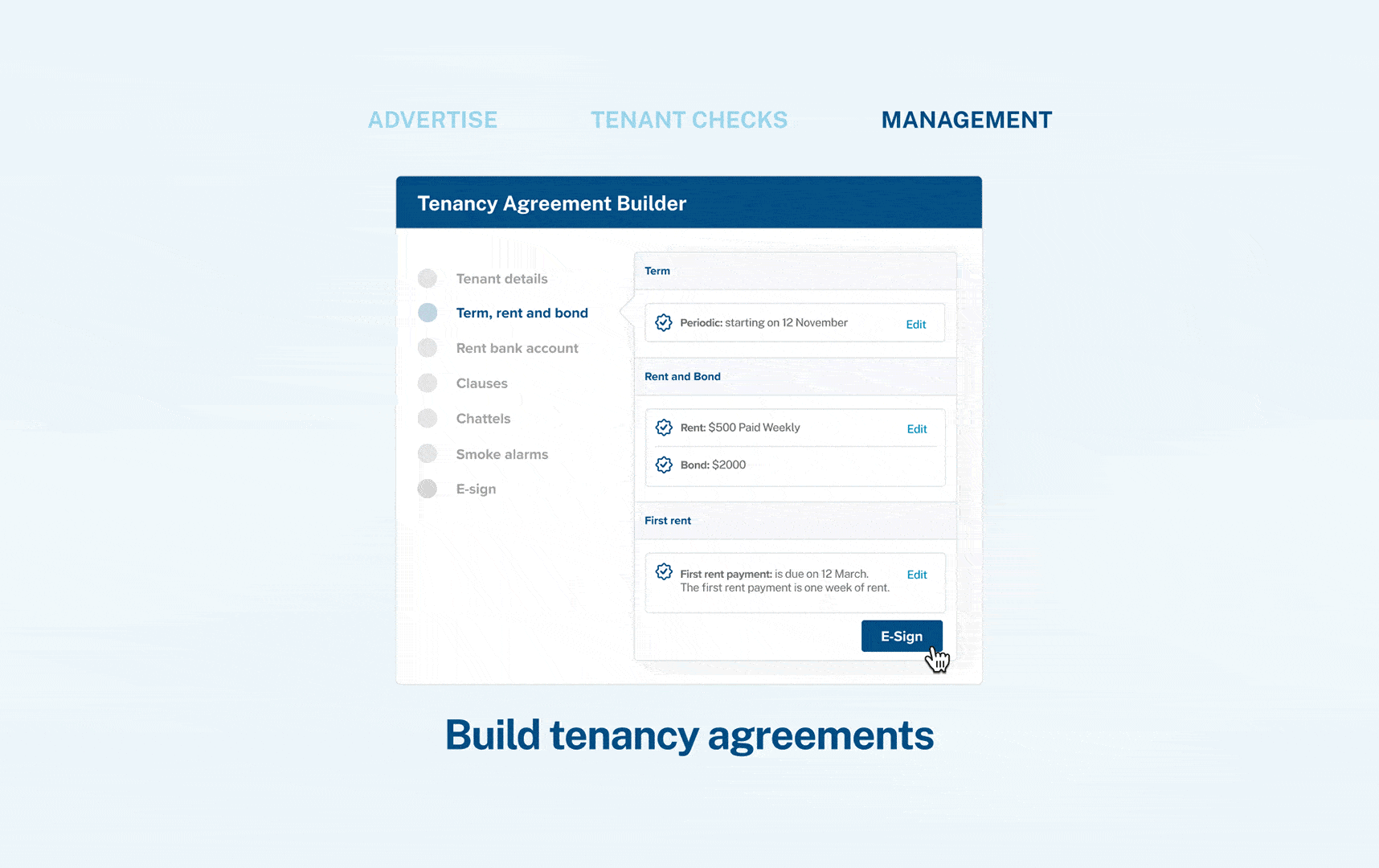Depreciation on buildings
Buildings are depreciable assets. However, since 1st April 2011 you can no longer claim depreciation on buildings with estimated life of 50 years or more. Admittedly this safely covers all the standard rental properties. So, it is important to consider chattels depreciation.
Depreciation for non-residential buildings has been reintroduced effective from the 2020-21 income year. The depreciation rate for non-residential buildings is 2% diminishing value or 1.5% straight-line.
Chattels depreciation – What is it?
Any item that is separate to the building should be considered a chattel and depreciable.
Use this simplified test to determine if something is considered to be a depreciable chattel:
- If the item is not attached to the building, then it can be depreciated separately.
- If the item is an integral part of or firmly attached to the building, then it is considered to be a part of the building and cannot be depreciated
The full list of chattels that can be depreciated is available on the IRD website.
Chattels useful life
Depreciation is an allowance for the reduction in the value of an asset over its lifetime. Each chattel has its own economic life and can be depreciated separately. Some assets may be depreciated over 5 years, others over 10. For example, ovens and blinds have an estimated useful life of 8 years, air conditioners – 10 years.
The IRD provides depreciation rates to use for each chattel type. What it does not give you is the cost value.
Identifying the cost
To maximise your depreciation deductions and to reduce tax at the end of the year, you need to accurately identify the cost of each chattel. Unfortunately, this is the hardest part.
- Brand new asset
If you have purchased a new chattel, then the cost will be easy to identify. The cost should be the price.
- Purchasing a property with existing chattels
If you have purchased an existing property, then you’re likely to have inherited many assets in various categories – carpets, blinds, stoves, light shades, fences, letter boxes, tv aerials, garage doors etc.
You can do your own chattel valuations by doing research determining correct market value of these items. As long as you’re confident you can justify your calculations in the event of an audit, then use your figures.
Alternatively, you can consider using a professional chattel valuation expert. A chattel valuation normally costs around $400-$500. The benefit of a professional chattel valuation is likely to outweigh the cost. You will receive a full breakdown of chattels, their values and the IRD depreciation rates; reduce risk of penalties in case of audit and likely to maximise your depreciation claim. The benefit will vary from property to property. The newer the property, the higher the value of the property, the more benefit there is likely to be. If you decide to get professional valuation done, do it within 6 months of purchasing your rental and before you submit your tax return.
Chattel valuations are worth doing as claims can be substantial.
- Purchasing an old property with outdated chattels
If you have purchased an old run down property, with old outdated chattels, then doing professional valuation is probably not worth it.
If you ever unsure about which items can be depreciated, or how best to value it, talk to a professional valuation expert. Valuit are the experts in this field, follow this link for more information and discount
The information contained in this article is exclusively for promotional purposes. It does not in any way constitute legal advice and should not be relied upon as the basis for any legal action or contractual dealings. The information is not, and does not attempt to be, a comprehensive account of the relevant law in New Zealand. If you require legal advice you should seek independent legal counsel. myRent.co.nz does not accept any liability that may arise from the use of this information.


